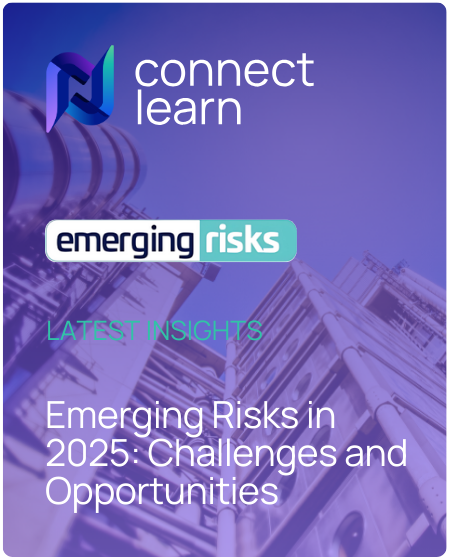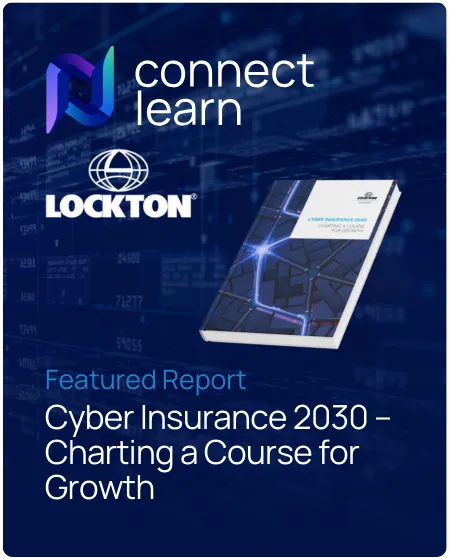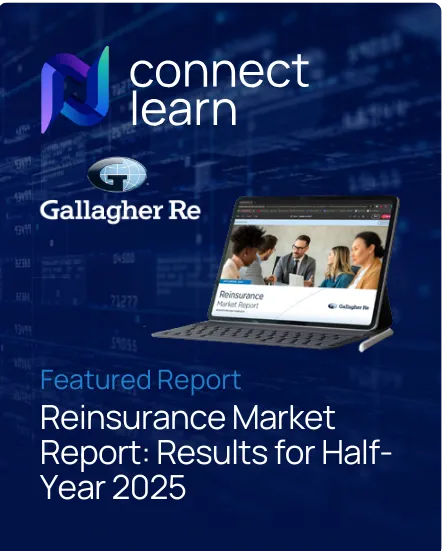With 2025 looking to be another pivotal year for the insurance industry and society as a whole, Jo Sykes, director of broking for Markel, explores how technology will continue to play an important role.
It seems highly likely that the pace of technological advancement will only accelerate in 2025, and this will continue to reshape industries and society as a whole. Artificial intelligence (AI), automation, and disruptive technologies are promising improved efficiencies and capabilities, but they also present risks that need careful management.
AI and automation have been a big theme for a number of years now and the technology is undoubtedly transforming how insurers and brokers operate. Insurers can process structured and unstructured data far more efficiently than before, leading to faster, more tailored responses to brokers’ and clients’ needs. Brokers can streamline processes and also use technology to predict case outcomes with greater certainty, and refine client communication strategies to maximise renewal rates.
Technology is also driving greater integration between brokers and insurers. Digital tools allow for seamless data sharing, enabling the delivery of bespoke solutions to customers. This integration is leading to stronger partnerships and streamline processes, enhancing service delivery across the sector.
However, there are risks. We are seeing larger brokers increasingly develop proprietary technology systems. Insurers must integrate with these systems causing additional complexities as more brokers choose this path. It’s a risk that is amplified by insurers’ legacy infrastructures, creating a drag on innovation and efficiency.
The proliferation of disruptive technologies like telematics is reshaping risk management. By providing real-time data on behaviours, insurers are better able to understand and react to risk. While these tools enhance underwriting precision, they demand robust data governance and raise questions about privacy and the ethical use of data.
Beyond the insurance sector, the UK economy is facing a bleaker picture when it comes to cyber risks and protecting data. Geopolitical tensions and the increase in AI-driven cybercrime are likely to dominate the risk landscape in 2025. AI enables cybercriminals to launch increasingly sophisticated attacks, including highly convincing phishing schemes and adaptive malware capable of evading traditional security measures. Perhaps more troubling, AI lowers the technical barrier to entry for malicious actors, making it easier for less experienced individuals to execute effective cyberattacks.
The implications of these cyber risks are profound, threatening critical infrastructure, businesses, and individuals alike. For insurers, this represents both a challenge and an opportunity. Cyber insurance products are likely to see increased demand, but insurers must also grapple with accurately pricing these risks in the face of rapidly evolving threats.
Drive to net zero – the UK’s green revolution
Another big change for 2025 is the UK’s push towards achieving net zero, fuelled by ambitious government initiatives aimed at transforming the energy landscape.
Great British Energy is due to invest £8.3 billion in renewable energy projects, focusing on offshore wind, hydrogen power, carbon capture, and nuclear developments. Alongside this, the Green Prosperity Plan will have around £15 billion annually to stimulate private investment in green industries, driving the transition to clean energy and sustainable economic growth.
This is an unprecedented level of investment in green technology and further innovation across the insurance sector around these types of risks will undoubtedly follow. Insurers, brokers and others will be attracted to this growing sector, creating ever more tailored products and solutions to address the complex risks associated with renewable energy projects and green technologies.
The drive to net zero is also closely linked with the rise of emerging technologies. Insurers need to adapt effectively to the risks posed by organisations that design innovative technology solutions, especially those capable of scaling rapidly. Products need to address the specific risks posed by such developments and added-value benefits beyond the indemnity need to be offered to provide vital additional support to fledging companies.
Reshaping workforces for a digital world
Staying on the technology theme, changing working environments are another important consideration for 2025. Workforces must adapt to deal with an increasingly digital world. Shifting workplace dynamics, including the rise of remote working, and the growing influence of technology in working practices are all having an influence.
For the insurance sector, which is traditionally characterised by in-person connections, adapting to these changes does pose a risk. Social and interpersonal skills are important in our sector, but social media and other influencers are impacting these abilities in younger generations. The industry needs to find ways to address this trend, to ensure technology complements rather than replaces human interaction. Streamlining workflows can also erode personal connections, with employees relying heavily on email over direct communication like phone calls, further hindering relationship building.
Balancing digital transformation with human-centric strategies is key to building a resilient and adaptable workforce for 2025 and beyond.
The year ahead holds exciting opportunities, along with inevitable challenges and risks. As technology continues to permeate our lives, we must adapt and learn to keep pace with its expanding influence. Yet, our primary focus should always remain on the customer, ensuring that any technological implementations enhance their experience rather than simply making our tasks easier.














